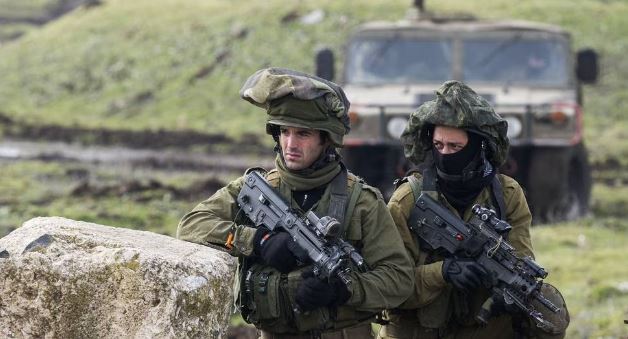The recent deaths of three Israeli soldiers in Gaza underscore the grim realities of the ongoing conflict, adding another layer of tragedy to an already devastating situation. Two soldiers, both in their early twenties and serving in the Golani Infantry Brigade, were killed when their armored vehicle was destroyed in Khan Yunis. Initial reports suggest the explosion resulted from an improvised explosive device (IED) detonated by a militant emerging from a tunnel, a tactic frequently employed in the conflict. A third soldier succumbed to wounds sustained in earlier fighting, bringing the total number of Israeli military fatalities to 462 since the ground offensive began in late October 2023. These losses represent a heavy toll for Israel, with Defence Minister Yoav Gallant acknowledging the sacrifice of these “young heroes” who gave their lives for the stated goals of national security and the return of hostages.
The incident highlights the complex and dangerous environment in which Israeli forces are operating, facing an enemy that utilizes unconventional warfare tactics like tunnels and IEDs. The use of tunnels in particular has become a recurring feature of the conflict, providing militants with a means of covert movement and attack. The investigation into the circumstances surrounding the armored vehicle explosion will likely focus on the specifics of the IED used, the design of the tunnel network, and the tactical approach employed by the militant group responsible. This analysis will be crucial for the Israeli military in adapting its strategies and enhancing its protective measures against similar attacks in the future.
These recent casualties are set against the backdrop of a broader conflict that has already inflicted immense suffering on both Israelis and Palestinians. The conflict erupted after Hamas’s October 7th attack within Israel, a devastating event that claimed the lives of 1,219 people, predominantly civilians. This attack triggered a swift and forceful military response from Israel, launching a campaign in Gaza aimed at dismantling Hamas’s infrastructure and neutralizing its military capabilities.
However, the Israeli campaign has exacted a heavy toll on the Palestinian population in Gaza. According to the health ministry in the Hamas-run territory, the death toll has reached 59,733, with the vast majority being civilians. This staggering number underscores the devastating humanitarian crisis unfolding in Gaza, where infrastructure has been severely damaged, access to essential resources is limited, and the civilian population is trapped in the crossfire.
The stark contrast between the number of Palestinian and Israeli casualties reflects the asymmetrical nature of the conflict, where the Israeli military possesses significantly greater firepower and technological capabilities. This power imbalance contributes to the higher civilian casualties on the Palestinian side, as densely populated areas become battlegrounds. The high number of civilian deaths raises serious concerns about the proportionality and conduct of the Israeli military campaign, with international organizations calling for adherence to international humanitarian law.
The ongoing conflict fuels a cycle of violence and retribution, deepening the existing divide and making a peaceful resolution more elusive. While Israel emphasizes its right to self-defense and the need to eliminate the threat posed by Hamas, the scale of Palestinian civilian casualties generates international condemnation and fuels further resentment. The continued loss of life on both sides underscores the urgent need for a ceasefire and a renewed commitment to finding a lasting political solution that addresses the root causes of the conflict. The search for a path towards peace remains fraught with challenges, but the alternative – a perpetuation of the cycle of violence – offers only further suffering and instability.


